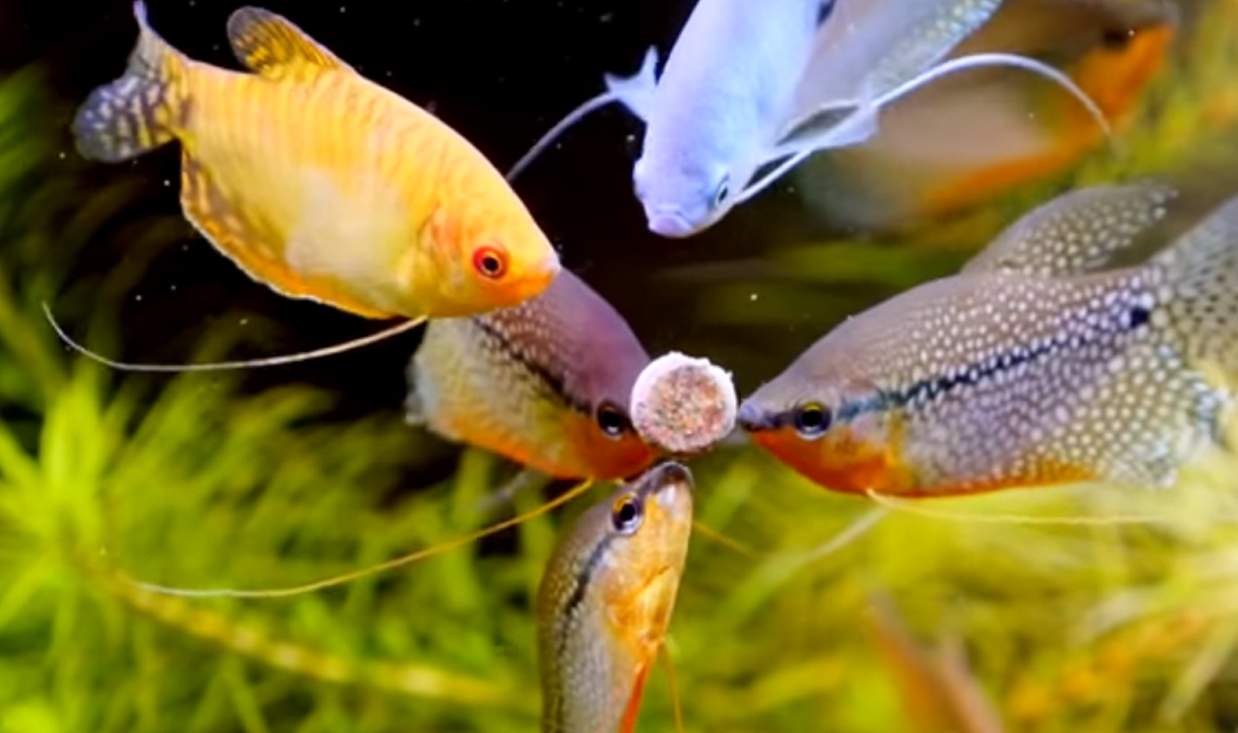Tropical Fish Feeding Guide
Feeding your aquarium fish the correct types and quantities of fish food is essential for maintaining good long-term health. There is a vast range of different nourishment available for your fish, from the familiar flake foods, to pellets, granules, tablets, wafers, and sticks, along with frozen, freeze-dried, gel-based, and live offerings. Some will even enjoy selected vegetables. Here we will detail the amounts to feed/feeding frequency.
Firstly, it is important to bear in mind that the food which enters the aquarium is the primary source of organic waste produced by the fish - and subsequent toxic pollutants such as ammonia and nitrite. If the quantity of food increases, so does the level of resulting toxic pollutants.
Due to so many variables within each aquarium (maturity, volume of water, number of fish present, size of each fish, filtration, etc) there is no absolute hard and fast rule when it comes to the amount to feed your fish. However, it is always better to err on the side of caution and underfeed rather than overfeed. In the wild, fish do not always eat at set times every day, and usually there will be natural grazing opportunities for them to browse upon amongst the plants and other surroundings - and this will also be the case in your aquarium. When it comes to poor water quality, overfeeding is always the main cause, followed in turn by insufficient partial water changes. In a new aquarium where the filtration system is still maturing, the fish should only be fed a small amount once every other day, increasing to once or twice a day as water tests permit. You should only offer as much as the fish will consume within a few minutes, with no leftovers. After a short time, if any food is left floating or is sitting on the substrate untouched, it is best to remove it from the aquarium with net to avoid fouling the water.




